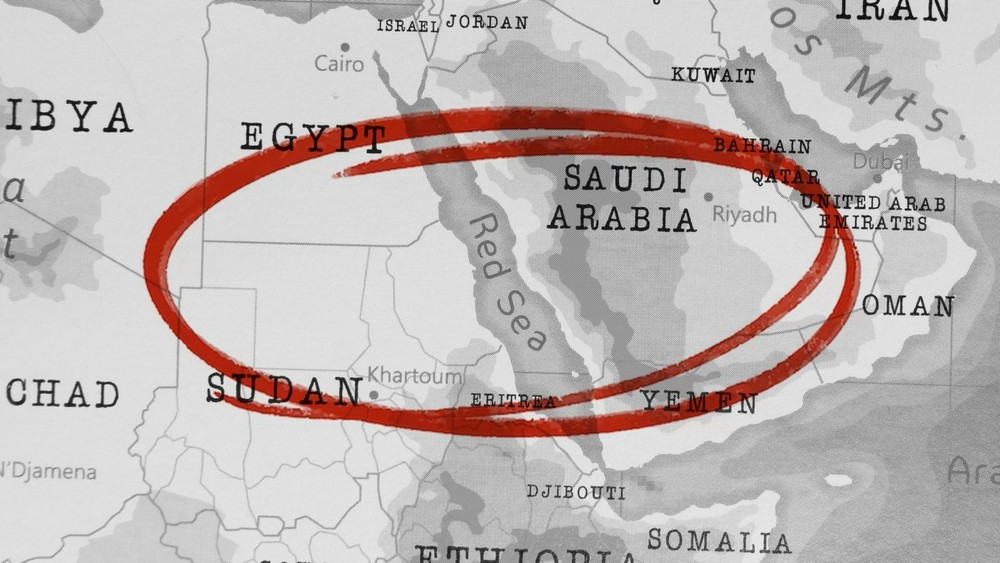Notice: 2024 Persistent Challenges in Red Sea Navigation and Global Implications

As we advance through 2024, the Red Sea remains a hotspot for shipping disruptions, with attacks on vessels continuing unabated. This situation is compelling shipping companies to rethink their strategies. They are faced with two choices: either risk passing through the Red Sea and bear higher insurance costs, or opt for alternative routes like the Cape of Good Hope, which brings extended transit times and additional fuel expenses. Major container and RORO shipping companies have already ceased operations through the Red Sea in response to targeted attacks on their vessels, choosing instead to reroute around the Cape of Good Hope. Some companies, with ships currently in the Red Sea, are seeking military escorts for protection.
The unresolved crisis is likely to drive up spot rates and, in turn, contract rates due to these disruptions. As the Red Sea handles about 12% of global trade, connecting Europe to Asia, the ripple effects are significant, leading to global delays and increased costs.
The situation is further complicated by potential port congestion and equipment shortages, partly due to the misplacement of empty containers. These challenges may intensify with the upcoming Chinese/Lunar New Year in February.
Ships are being diverted from their usual Red Sea routes to the Cape of Good Hope to avoid risks associated with war-like situations. This rerouting incurs additional costs due to increased sailing distances. Notably, re-routing affects carbon credit costs under the EU Emissions Trading Scheme (EU ETS). For instance, a ship traveling from Colombo, Sri Lanka to Barcelona, Spain via the Cape incurs nearly double the carbon credits and an extra €75,000 ($82,000) for a 15,000 teu container ship, compared to the Suez Canal route.
The effects of the Red Sea shipping disruptions are still uncertain, WAAVV is closely monitoring the situation and will provide ongoing updates.
